The moment you’ve been waiting for all week is here: another easy (and delicious) way to bombproof your breasts, in honor of Breast Cancer Risk Reduction Month.
This week’s tip? Eat plenty of cruciferous (cabbage-family) vegetables, so-called because of their gorgeous cross-shaped flowers.
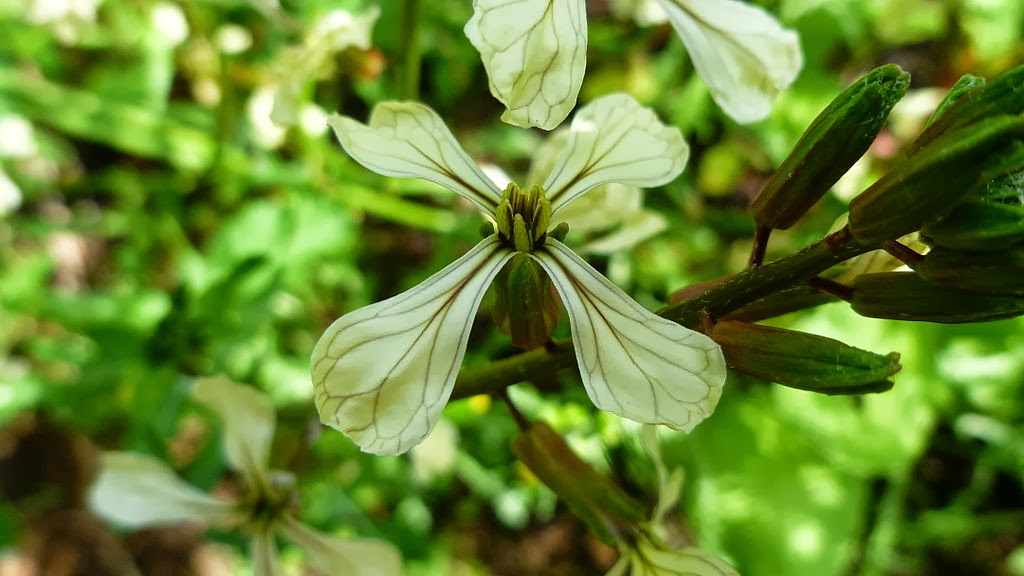
Cabbage family vegetables are called crucifers because they have cross-shaped flowers, like this arugula flower.
Luckily, this one isn’t too hard for me, because I love the whole Brassica bunch. (I know, I probably don’t have too much company on that one!) For good measure, though, here’s a list of my top 8 cruciferous favorites:
- Arugula (buttery! spicy!)
- Baby bok choy (surprisingly sweet and mellow)
- Brussels sprouts
- Cauliflower
- Collard greens
- Green cabbage (cheap and phenomenal in curries)
- Kale
- Radishes
All are not only nutrient dense, but packed with phytochemicals called indoles and isothiocyanates (ITCs) that may reduce breast cancer risk in a number of ways.
Indoles and ITCs: Cancer-fighting compounds
First, cruciferous vegetable consumption can help the body dial down the production of “bad” estrogen (16-alpha-OHE) while increasing levels of “good” estrogen (2-OHE). This is great news because 16-alpha-OHE has been shown to promote the growth of estrogen-sensitive breast cancer cells in lab studies. Specifically, indole-3-carbinol, which is found in broccoli, Brussels sprouts, cabbage, and cauliflower seems to support this shift in estrogen metabolism.
Lab research has also shown that indoles and/or ITCs can trigger breast cancer cell death, decrease the growth of the blood vessels tumors need to fuel their growth, and decrease pro-inflammatory signaling in white blood cells.
So eating cruciferous vegetables to reduce breast cancer risk should be a no-brainer, right? Well, yes and no…
Cruciferous controversy
Surprisingly, real-life studies of cruciferous vegetable intake and breast cancer have shown mixed results, with some studies indicating that eating more cruciferous vegetables is associated with a reduced risk of breast cancer, while others have suggested that there’s no association at all. What’s going on?
While there are no doubt plenty of factors playing a role—for instance, study design, genetic differences in how humans metabolize indoles and ITCs, variations in tumor types and how they respond—my guess is that something far simpler may be at play.
Cooking.
3 Ways to maximize cruciferous nutrition
How you prepare cabbage-family vegetables has a huge impact on the phytochemicals they contain. Indoles and ITCs are actually formed from precursors called glucosinolates, also found in cruciferous vegetables. An enzyme in these vegetables, called myrosinase, converts glucosinolates into indoles and ITCs that your body can use. However, the enzyme hangs out in a different part of the plant cell than the glucosinolates. So you have to bring the two together to form indoles and ITCs. Here’s how to do it:
- Chew: Mama always told you to chew your food thoroughly, and she was right! Chewing brings together the enzyme and the glucosinolates, and bam! Indoles and ITCs.
- Blend: Same concept as chewing, only way more efficient. Keep those kale smoothies coming.
- Get Raw: The enzyme in cruciferous veggies that makes indoles and ITCs is destroyed at cooking temperatures, so cook your cabbage lightly and briefly to max out cruciferous nutrition.
So if researchers didn’t control for cooking method (which from my limited reading, I didn’t see happen) they wouldn’t always have seen a relationship between eating more cruciferous veggies and decreased breast cancer risk—even though the relationship may in fact exist.
Finally, a note of caution. For reasons unknown, some animal studies have actually shown increased cancer growth in animals fed a supplementary indole (indole-3-carbinol) after exposure to a carcinogen. However, a study of women with breast cancer showed that for women taking Tamoxifen, both increased total vegetable intake and cruciferous vegetable intake independently decreased the risk of recurrence. Further, women on Tamoxifen who ate the most vegetables and had an above-average cruciferous vegetable intake had a 52% decreased risk of recurrence.
The moral of the story? Eat lots of veggies—cruciferous and otherwise. And unless told otherwise by your doctor, get your indoles and ITCs the way the good Lord intended—from broccoli! 🙂
(To learn more about cruciferous vegetables and cancer prevention, check out “Anti-Cancer Foods: Cruciferous Vegetables” by Joel Fuhrman, MD)
Now for my favorite raw cruciferous vegetable recipe of all time:
I’ve eaten this kale and mango salad every day for the last 4 days! I think I’m actually singlehandedly keeping Trader Joe’s in business with my organic Tuscan kale habit. (Or at least putting the CEO’s kid through college.) But it’s just so darned good.
Other delicious options:
Triple Treat Cabbage Slaw by Dr. Joel Fuhrman
Kale and Quinoa Salad with Black Beans by Susan Voisin at FatFreeVegan
Rockin’ Rice Wraps with Red Cabbage by Kimmy at Rock My Vegan Socks
Well, that’s all for this week; check back next week for another breast-boosting tip!
Arugula flower image credit: Jesse Taylor [CC-BY-SA-3.0] via Wikimedia Commons
References-Thomson CA et. al. (2011) Vegetable intake is associated with reduced breast cancer recurrence in tamoxifen users: a secondary analysis from the Women’s Healthy Eating and Living Study. Breast Cancer Research and Treatment 125:519-527.
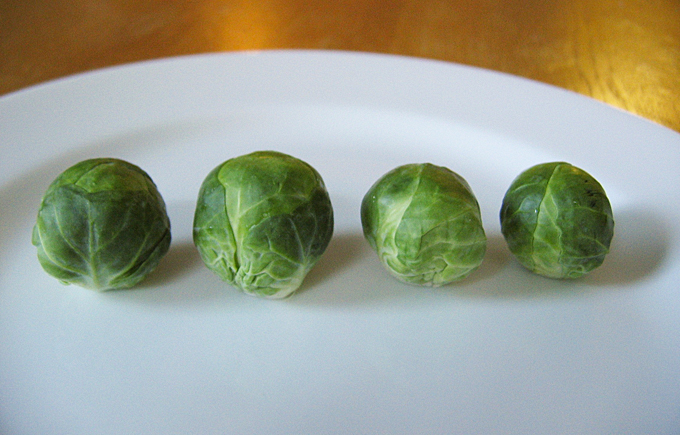
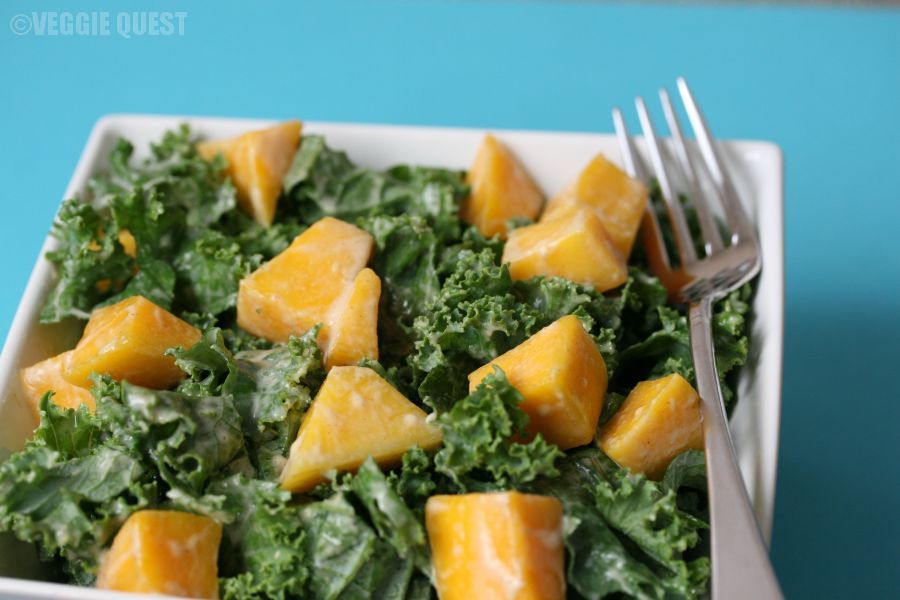

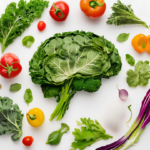
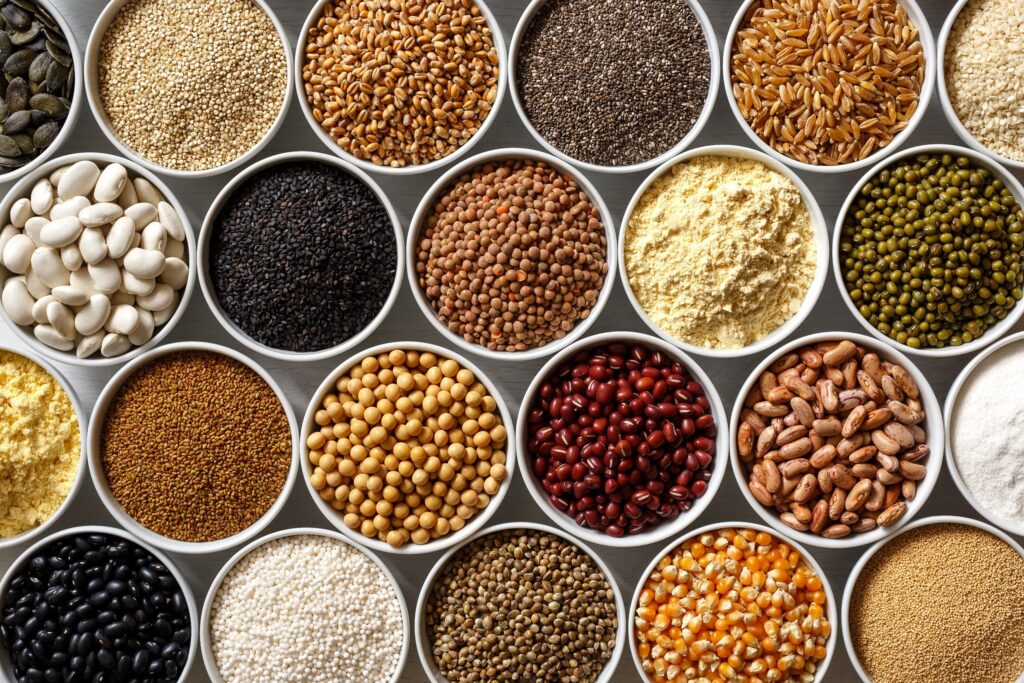

 I'm Lee, an RD thriving on a healthy plant based diet.
I'm Lee, an RD thriving on a healthy plant based diet.
MMMMM VEGGIES! And cruciferous to boot! Yumlicious =)<br />I've had a hard time with cruciferous veggies – I've seen mixed thoughts in studies as well. Especially people with thyroid issues as they have goitrogenic properties… I think there will always be controversy with everything.<br />A reminder to chew food is good, I tend to forget that one. It's so good for your digestion too
Hi Kimmy, great points! Most studies seem to show a protective effect for cruciferous veg, but there are some question marks here and there. (I'm doing an independent research project for my nutritional assessment course this semester, and I'm realizing that there are LOTS of tradeoffs that have to made in nutrition research that can drastically affect results.)<br /><br />Anyhoo, since I
Love these tips, Lee! I am (clearly) a huge fan of the cruciferous family :)<br /><br />Have you read the recent articles on Dr. Greger's blog about flaxseeds and BC prevention? Fascinating information.
Hi Jackie, I would have guessed that the cruciferous veggies are among your favorites. 😉 I actually haven't read the flaxseed articles on NutritionFacts, but I'm a huge fan of Dr. Greger. Going to have to hop over there right now and check them out!
Howdy, I do think your blog might be having web browser compatibility
problems. When I look at your website in Safari,
it looks fine however when opening in I.E., it’s got some overlapping issues.
I simply wanted to give you a quick heads up!
Besides that, fantastic site!
my web page :: Diet For Ibs